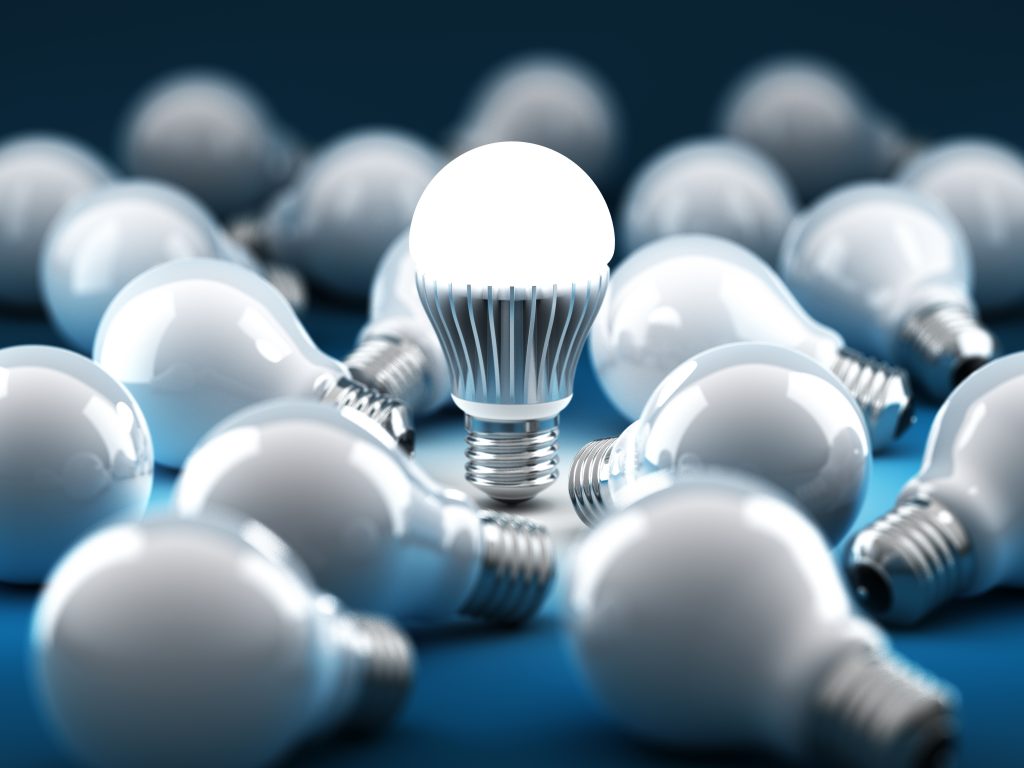Introduction
In the ever-evolving world of lighting technology, LED lamps have emerged as a game-changer, offering energy efficiency, durability, and a wide range of applications. Among the most popular types are the E27 and E14 LED lamps, which have become staples in residential, commercial, and industrial lighting. This article explores the importance of these LED lamps, the benefits they offer, and the considerations for supplying them on a global scale.
Understanding E27 and E14 LED Lamps
E27 and E14 refer to the socket sizes of the LED lamps:
E27 LED Lamps: The E27, often called the Edison Screw, is a 27mm diameter base that fits into standard light sockets. It is one of the most widely used lamp bases globally, suitable for a variety of applications from home lighting to industrial environments.
E14 LED Lamps: The E14, known as the Small Edison Screw (SES), is a 14mm diameter base. It is commonly used in smaller light fixtures such as chandeliers, bedside lamps, and decorative lighting.
Both types of lamps offer the same energy-efficient benefits characteristic of LED technology, including lower energy consumption, longer lifespan, and reduced heat output compared to traditional incandescent bulbs.
Advantages of E27 and E14 LED Lamps
LED lamps, including the E27 and E14 types, provide several key advantages:
Energy Efficiency: LED lamps consume significantly less power than incandescent or fluorescent bulbs, leading to substantial energy savings. This makes them an ideal choice for both consumers and businesses looking to reduce their energy costs.
Long Lifespan: LED lamps have a much longer operational life compared to traditional bulbs. E27 and E14 LEDs can last up to 25,000 hours or more, reducing the need for frequent replacements and lowering maintenance costs.
Environmental Impact: LEDs are eco-friendly as they contain no toxic elements like mercury, which is found in some other types of bulbs. Additionally, their energy efficiency contributes to lower carbon emissions.
Variety of Designs: E27 and E14 LED lamps come in various shapes, sizes, and color temperatures, making them versatile for different lighting needs. Whether it’s warm white for a cozy ambiance or cool white for task lighting, these LEDs can meet diverse requirements.
Instant Lighting: Unlike some other types of energy-saving bulbs, LEDs light up instantly to full brightness, providing immediate illumination without any warm-up time.
Challenges in Supplying LED Lamps Globally
While LED lamps offer numerous benefits, supplying them on a global scale presents certain challenges:
Regulatory Compliance: Different countries have varying regulations regarding electrical products, including LED lamps. Ensuring compliance with these standards is crucial for avoiding legal issues and ensuring product safety.
Market Variability: The demand for LED lamps can vary significantly across regions due to factors like economic conditions, climate, and consumer preferences. Suppliers must understand these market dynamics to effectively meet demand.
Logistics and Distribution: Efficient logistics and distribution are critical for supplying LED lamps globally. This includes managing supply chains, dealing with import/export regulations, and ensuring timely delivery.
Quality Control: Maintaining consistent quality across large quantities of LED lamps is essential. This requires stringent quality control processes to ensure that every product meets the required standards.
Best Practices for Supplying E27 and E14 LED Lamps
To successfully supply E27 and E14 LED lamps globally, companies should adhere to the following best practices:
Thorough Market Research: Understanding the specific needs and preferences of different markets is key to successful product placement. This includes identifying popular designs, preferred color temperatures, and price sensitivity in various regions.
Regulatory Adherence: Ensure that all products comply with the local regulations in each market. This may involve obtaining certifications such as CE marking in Europe, UL listing in the USA, or CCC certification in China.
Robust Quality Control: Implement a rigorous quality control process to ensure that every lamp meets high standards. This includes testing for durability, brightness, color consistency, and energy efficiency.
Efficient Supply Chain Management: Optimize supply chain operations to reduce costs and improve delivery times. This can involve working with reliable logistics partners, using advanced inventory management systems, and forecasting demand accurately.
Customer Education: Educate customers about the benefits of E27 and E14 LED lamps. This can be done through marketing campaigns, instructional guides, and customer support services that highlight the energy savings, longevity, and environmental benefits of LEDs.
Conclusion
Supplying E27 and E14 LED lamps on a global scale requires a comprehensive understanding of both the product and the market. By focusing on energy efficiency, quality, and customer satisfaction, suppliers can tap into the growing demand for LED lighting and contribute to a more sustainable future. With the right strategies and practices in place, the distribution of these essential lighting products can be both profitable and impactful.






